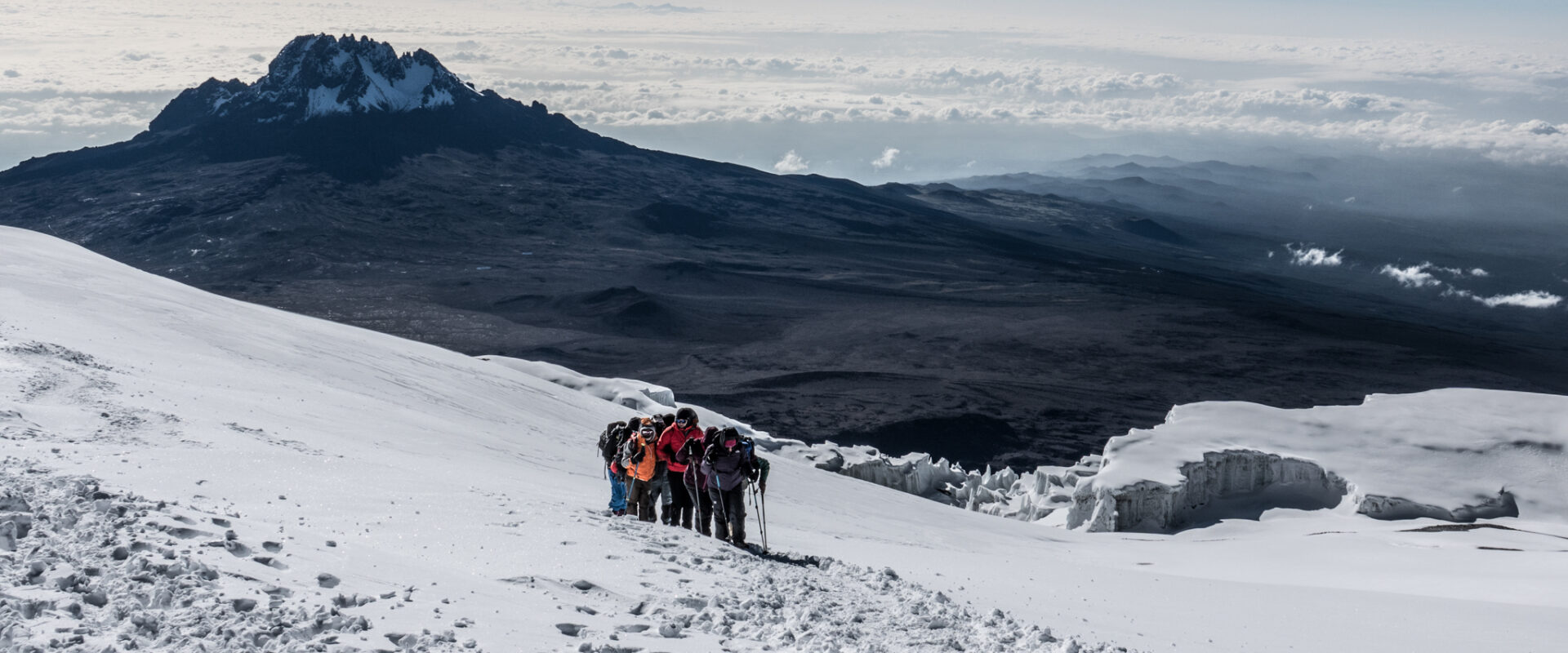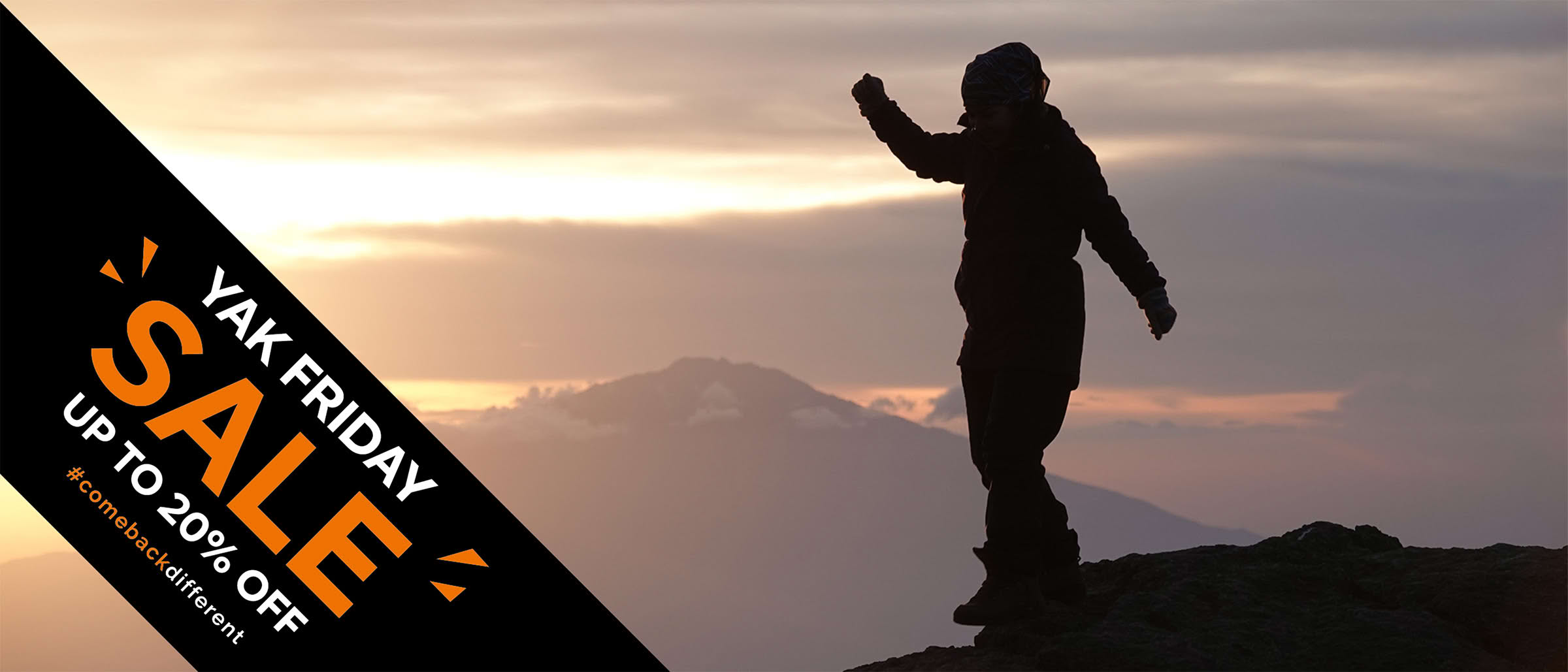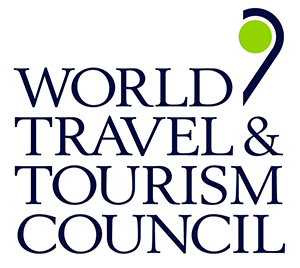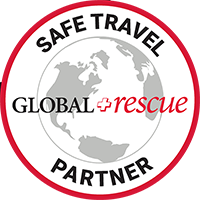BY Hazem El Shamy | April 22 2025
The Definitive Guide to Climbing Kilimanjaro

Your step-by-step guide to summiting Africa’s highest peak and finding yourself in the process
There’s something about Kilimanjaro that captures the imagination long before you ever lace up a boot. Maybe it’s the snow-capped summit rising above the Tanzanian plains like a dream. Maybe it’s knowing this is one of the Seven Summits — the highest mountain on its continent — and you don’t need to be a technical climber to reach the top. Or maybe, just maybe, it’s something deeper: a call to test your limits, to stand where few have stood, and to feel what it means to be small and mighty all at once.
Whatever it is that draws you in, this is the guide that gets you there.
Why Kilimanjaro?
Kilimanjaro is more than a mountain. It’s a rite of passage. A pilgrimage. A conversation with yourself that plays out over miles of trail and through shifting ecosystems — from lush rainforest to barren alpine desert, until you’re standing on a glacier-tipped volcano at 5,895 meters (19,341 feet).
No ropes. No ice axes. Just grit, guidance, and the will to keep moving forward.
Choosing Your Route
There are seven established routes to Uhuru Peak. Each has its own vibe. Some are scenic. Some are faster. Some offer better acclimatization. Here’s the quick breakdown:
- Marangu (5–6 days): Known as the “Coca-Cola route.” Easiest logistics with hut accommodations. Lower success rates due to rapid ascent.
- Machame (6–7 days): One of the most popular. Beautiful and challenging. Great acclimatization profile.
- Lemosho (7–8 days): Stunningly scenic and remote, but longer trip duration.
- Rongai (6–7 days): Approaches from the north. Quieter and drier, but less scenic than western routes.
- Northern Circuit (8–9 days): Longest route. Rarely trekked. Minimal crowds.
- Shira (7–8 days): Similar to Lemosho, but starts at higher altitude. Less gradual acclimatization.
- Umbwe (5–6 days): Steep and direct. Not for beginners.
Pro tip: Go slow. Hydrate often. Snack always. Your body will thank you at altitude.
When to Go
There are two main climbing seasons:
- January to March: Cooler, drier, fewer climbers. Clearer views, but snow on summit likely.
- June to October: Warmer and busier. More reliable weather. Great time for wildlife viewing before/after.
Avoid April–May and November, which are the wettest months.
What to Pack
This isn’t a fashion show. But it is a game of layers and preparation. The weather on Kilimanjaro is wildly unpredictable — you’ll go from humid jungle to arctic cold in a matter of days.
Essentials:
- Base layers (moisture-wicking)
- Insulating mid-layers (fleece, down)
- Waterproof shell (jacket + pants)
- Thermal gloves and hat
- Buff or neck gaiter
- Sunglasses and sunscreen (yes, even above the clouds)
- Hiking boots (broken in!)
- Gaiters (for scree and snow)
- 3L hydration system
- Snacks (you’ll burn serious calories)
And don’t forget mental resilience. That’s the one thing no one can pack for you.
Altitude: The Invisible Climb
Acute Mountain Sickness (AMS) is real, and it doesn’t care how fit you are. Kilimanjaro doesn’t require ropes, but it does require respect.
- Go pole-pole (Swahili for “slowly, slowly”) — trust your guide and team leader.
- Drink 3+ liters of water a day
- Eat lots of carbs.
- Be honest about how you feel — headaches, nausea, dizziness — tell someone.
Life on the Mountain
Expect early mornings, dusty boots, hearty food, and a rhythm that resets your internal clock. Your guides and porters are the unsung heroes — carrying gear, cooking meals, and singing songs that’ll echo in your soul long after you’re home.
You’ll eat like a hungry hiker: porridge, rice, stews, pasta, and fresh fruit. And you’ll sleep in tents under a sky that feels close enough to touch.
Summit Night: The Final Push
This is where it gets real. You’ll wake up around midnight and start the slow, silent march to the top. Step. Breathe. Step. Breathe.
The cold bites hard. The air is thin. But when the sun rises over the crater rim, and Uhuru Peak finally appears — it hits you. You made it. Not just to the top of Kilimanjaro, but through every doubt, every hard moment, every “can I really do this?”
And that changes you.
What Happens After?
You come down. You shower. You eat something not cooked on a camp stove. But something else happens, too — you carry the mountain with you. Not in your lungs or your legs, but in your spirit.
Kilimanjaro teaches you that you can do hard things. That discomfort is temporary. That summits aren’t just about altitude — they’re about attitude.
Final Thoughts
Climbing Kilimanjaro isn’t just about reaching the highest point in Africa. It’s about rising within yourself. And whether you make it to the summit or not, you’ll return changed — stronger, steadier, more alive.
So if the mountain’s calling, answer it.
Climb On!
About The Author
Hazem is an avid high altitude mountaineer and adventurer that has helped lead hundreds of climbers to summits across the Himalayas, Andes, Atlas, and Caucus mountain ranges. He believes that inspiration is best served on a sharp ridge 6000 meters up in the sky, and is committed to making big mountain goals more achievable to the everyday climber.
About Life Happens Outdoors
At Life Happens Outdoors, we believe in the power of nature to transform lives. As proud members of the Adventure Travel Trade Association (ATTA) and the World Travel & Tourism Council (WTTC), our team of certified guides and outdoor professionals is committed to the highest standards of safety, sustainability, and excellence.
Discover more about our story and mission on our Meet LHO page, or explore our curated adventures such as the Tour du Mont Blanc Trek, the Climb of Kilimanjaro, and Chasing the Northern Lights.















